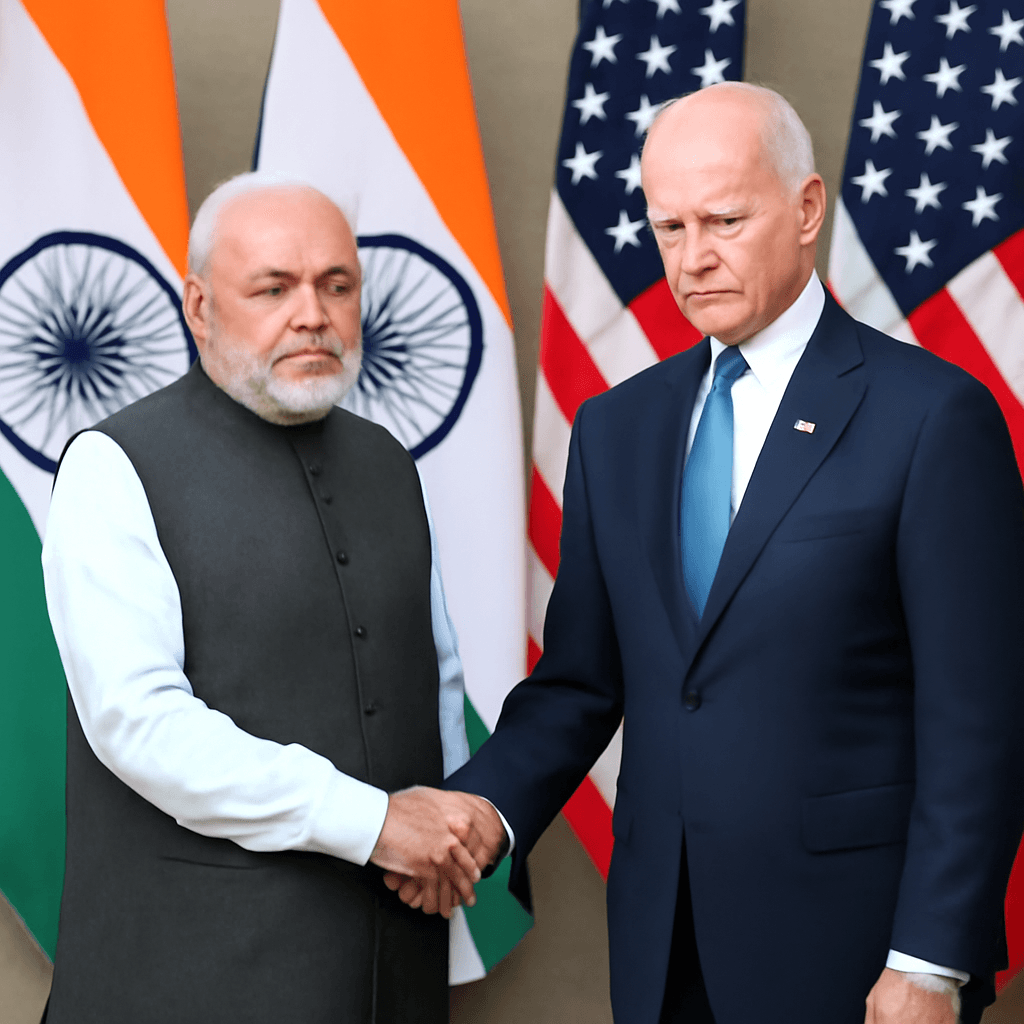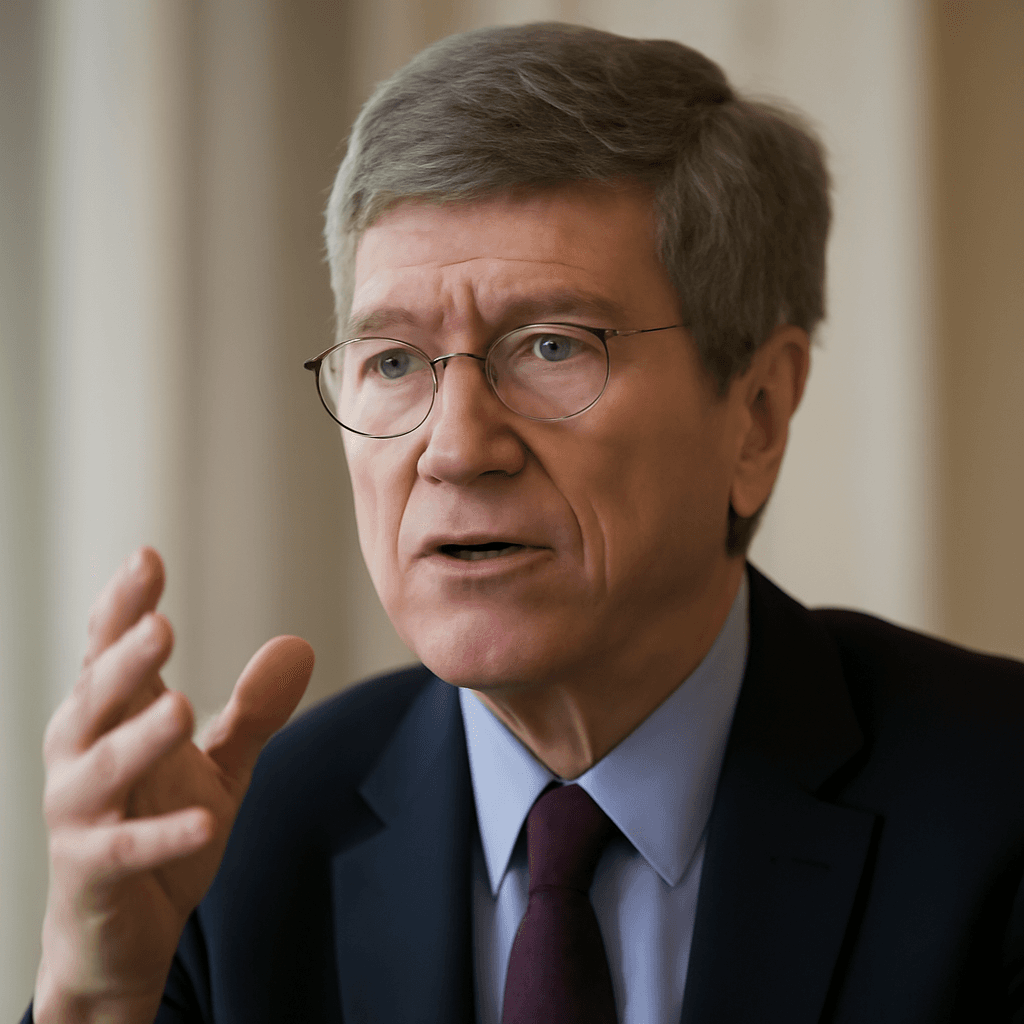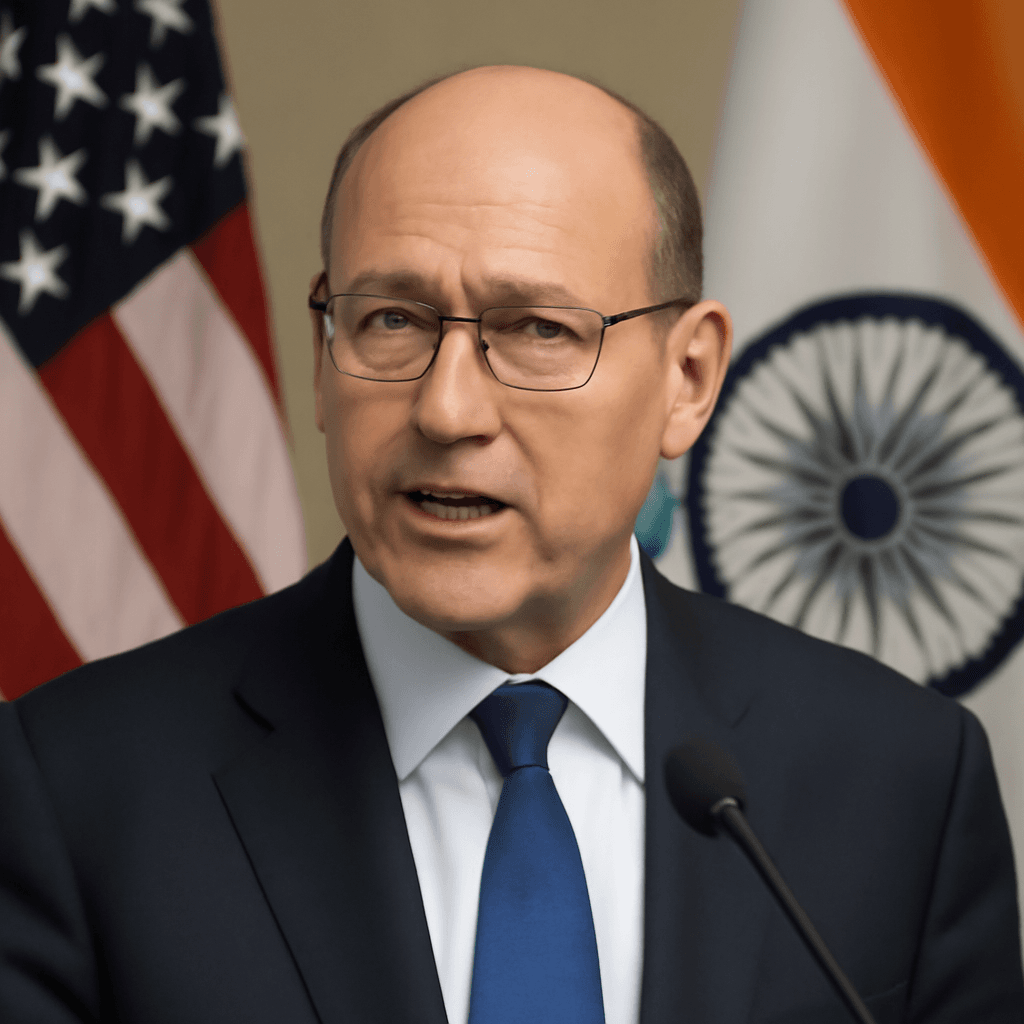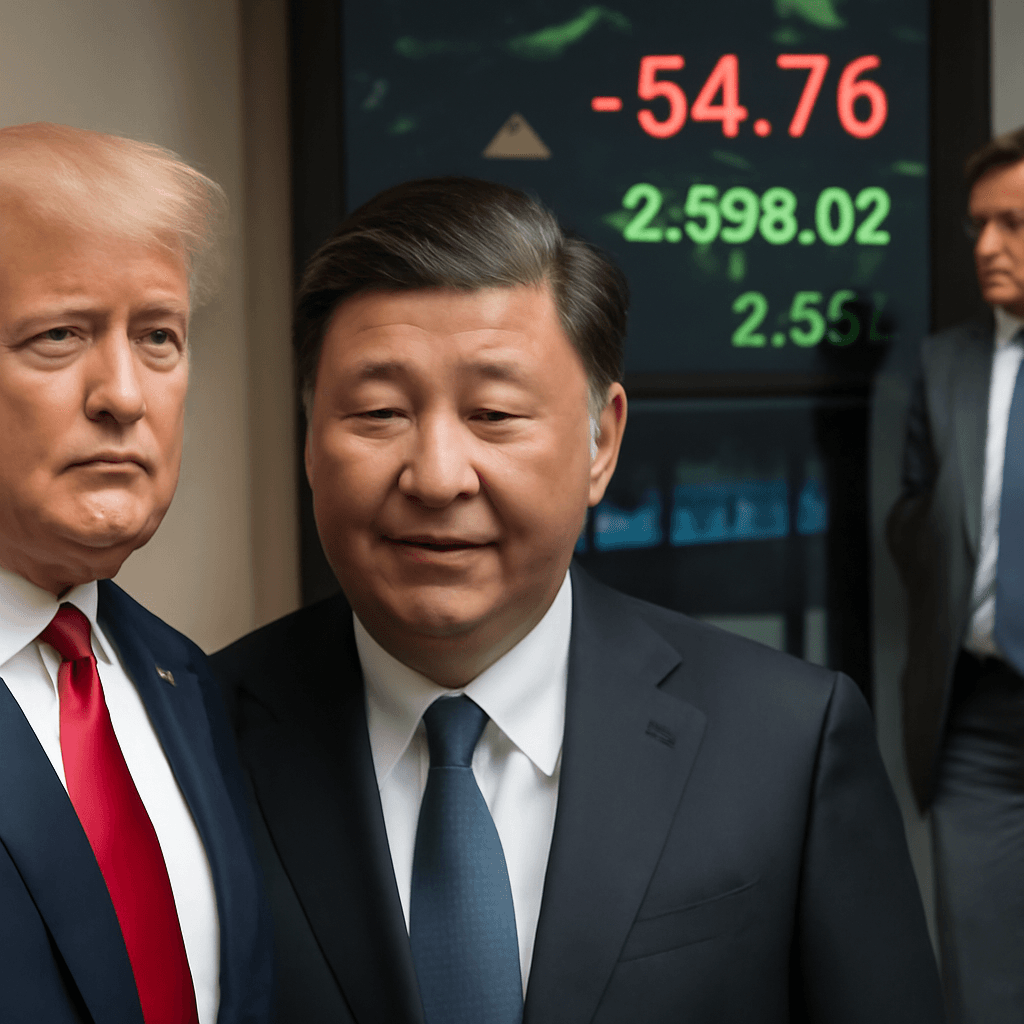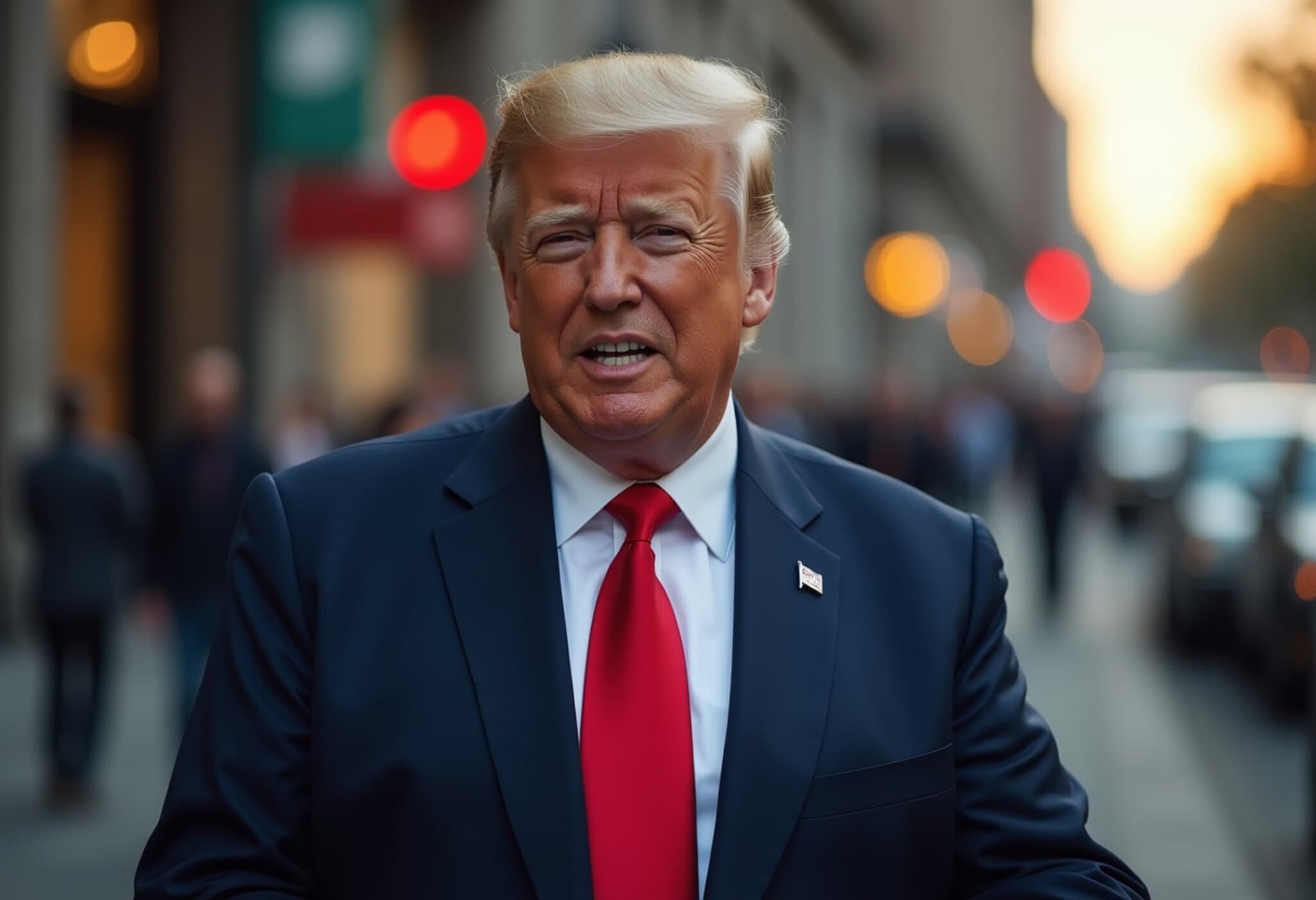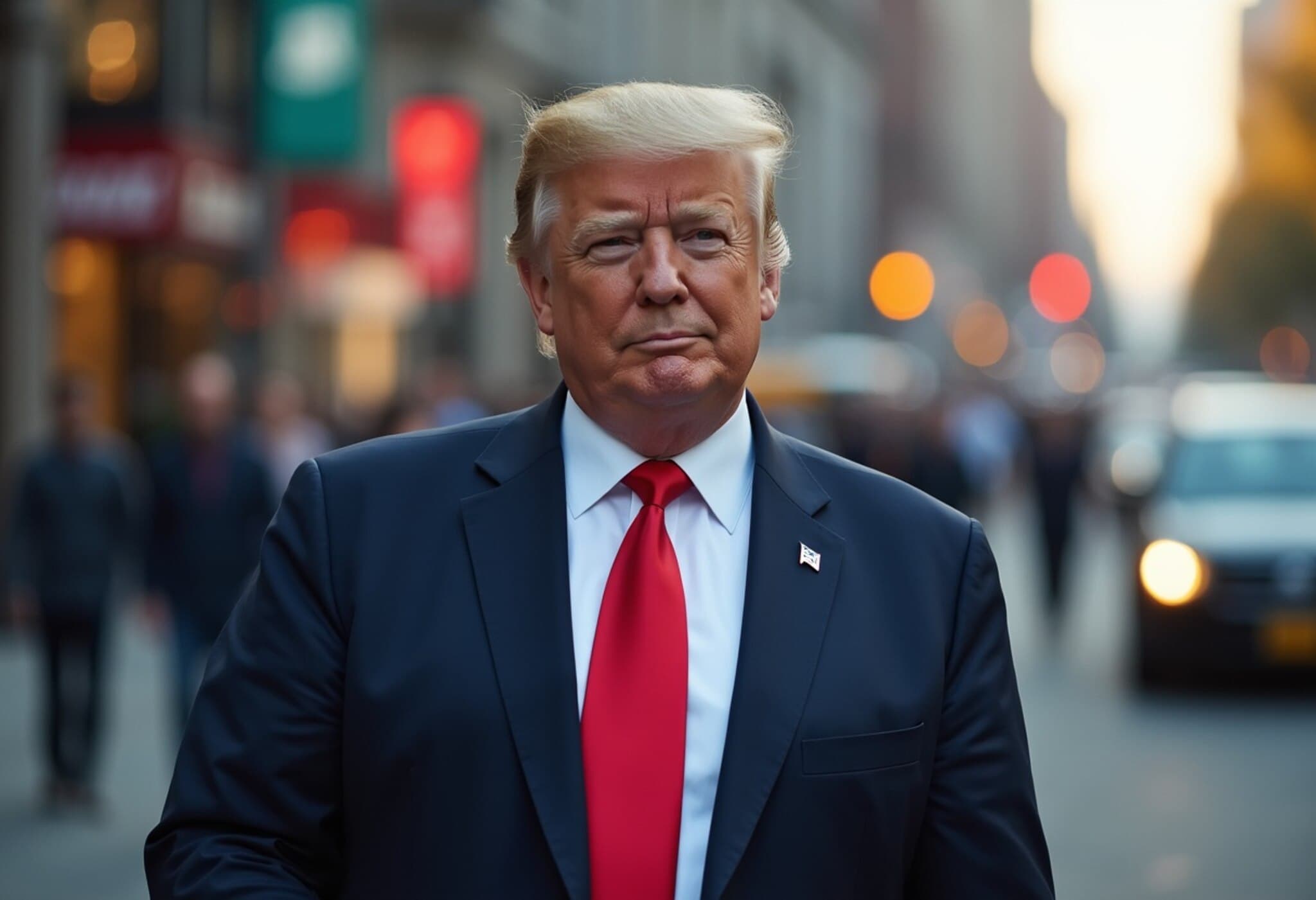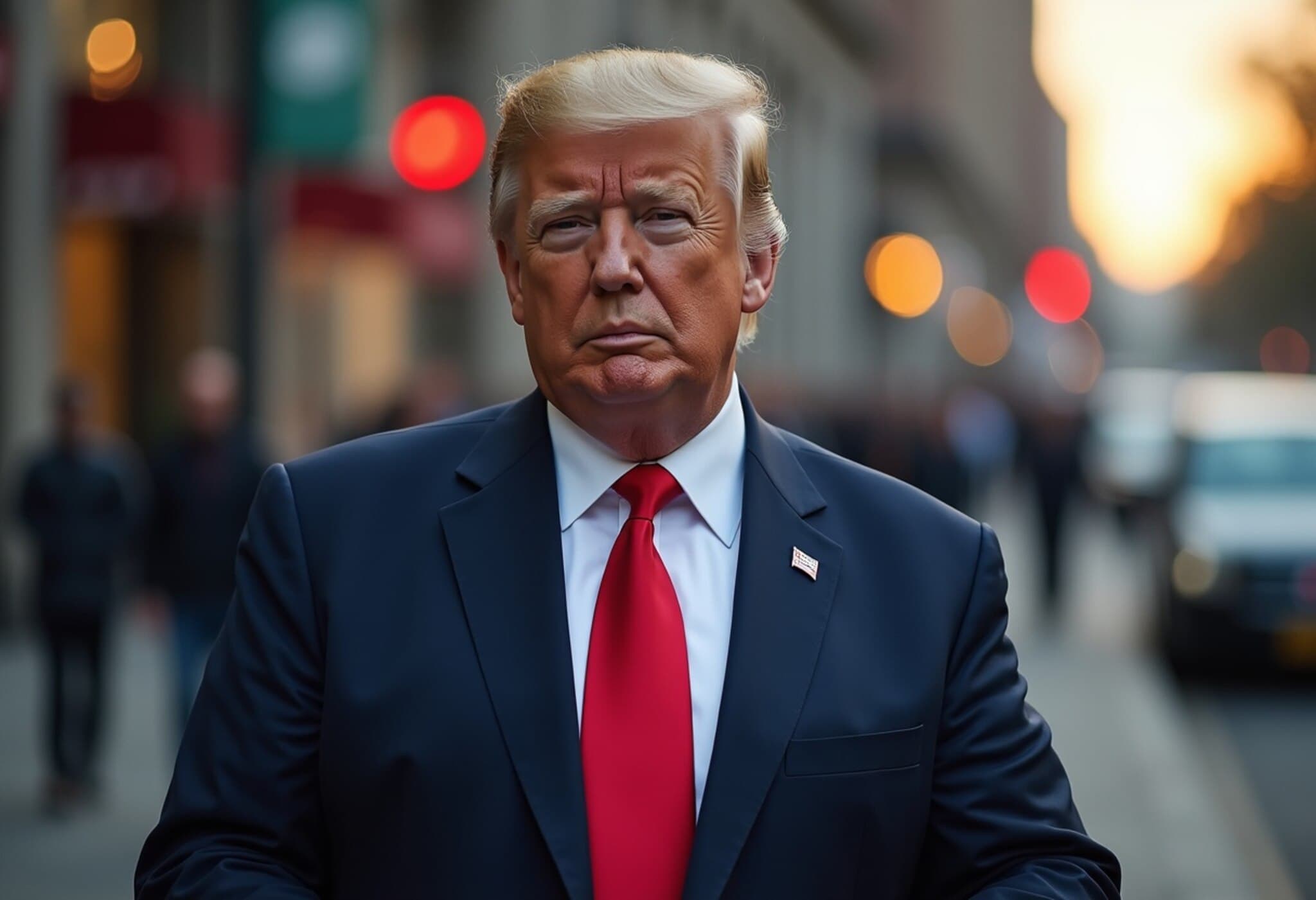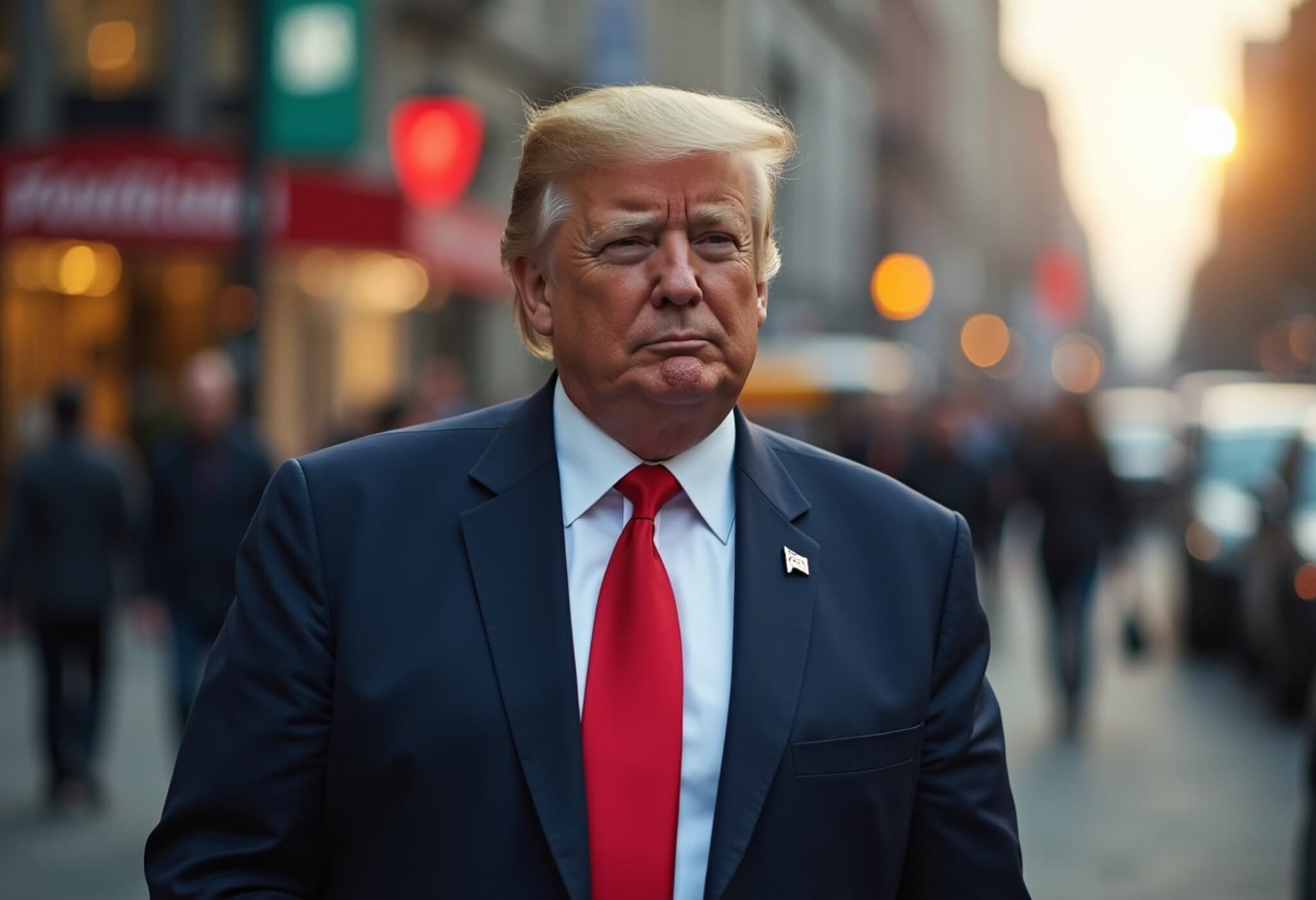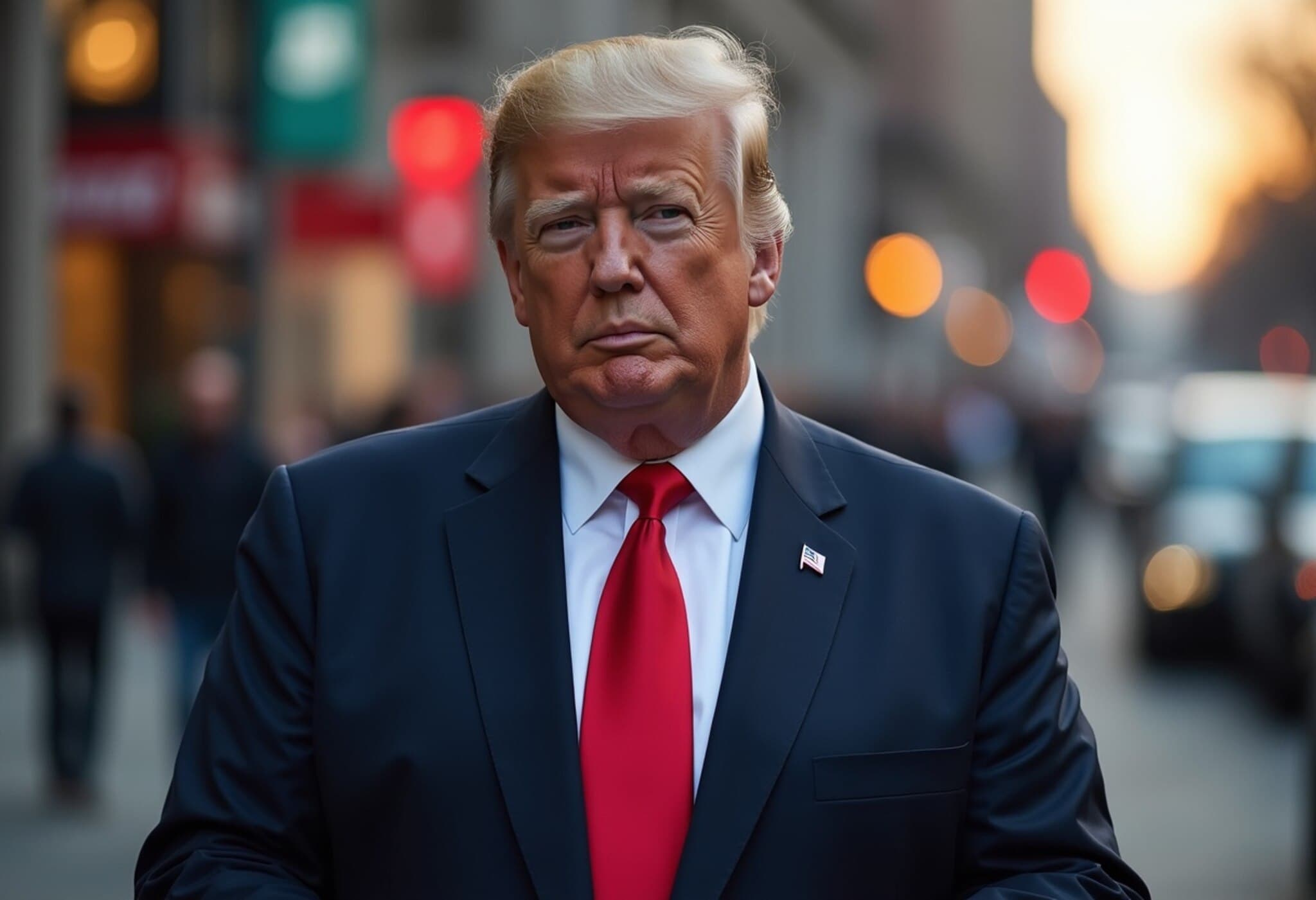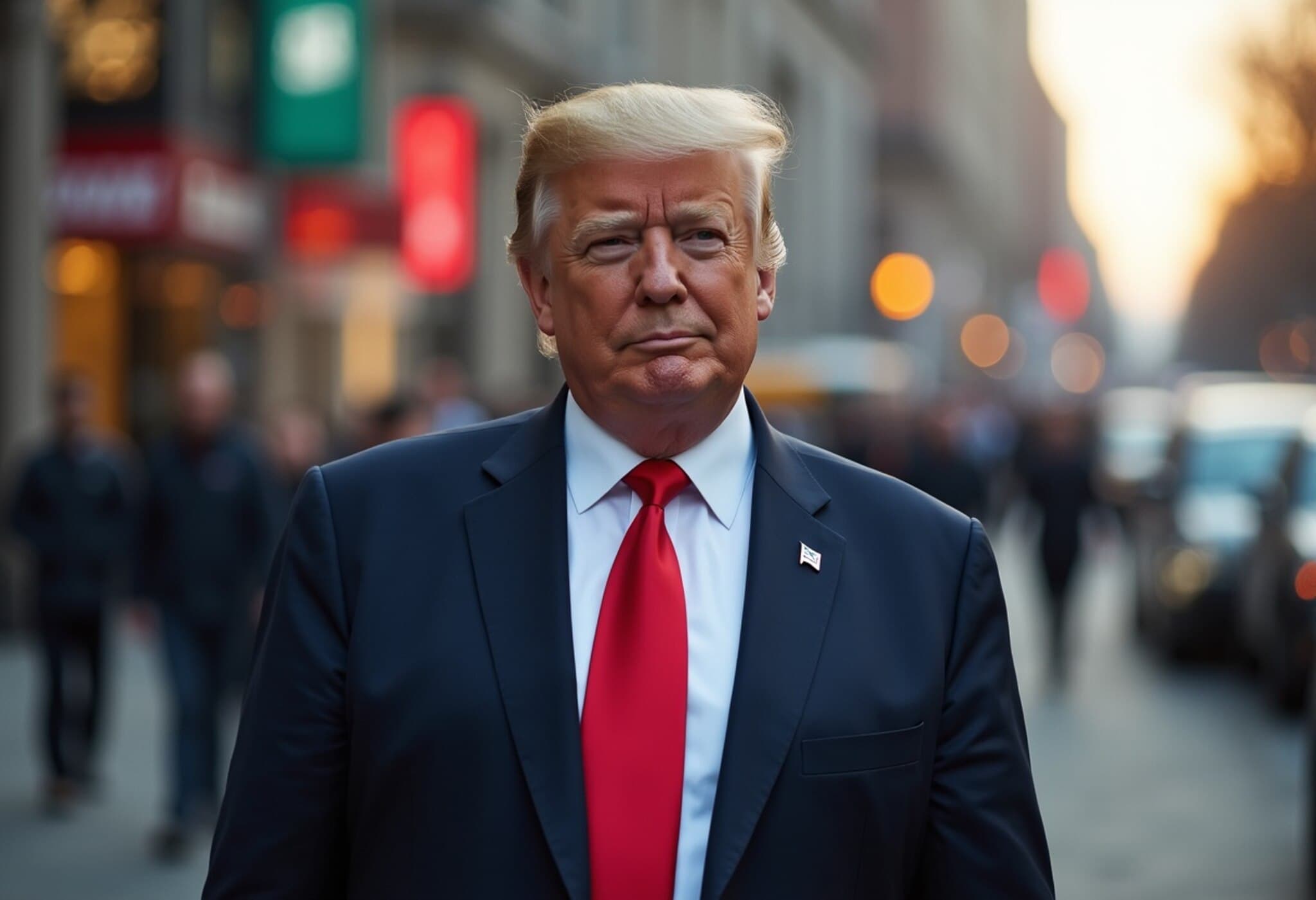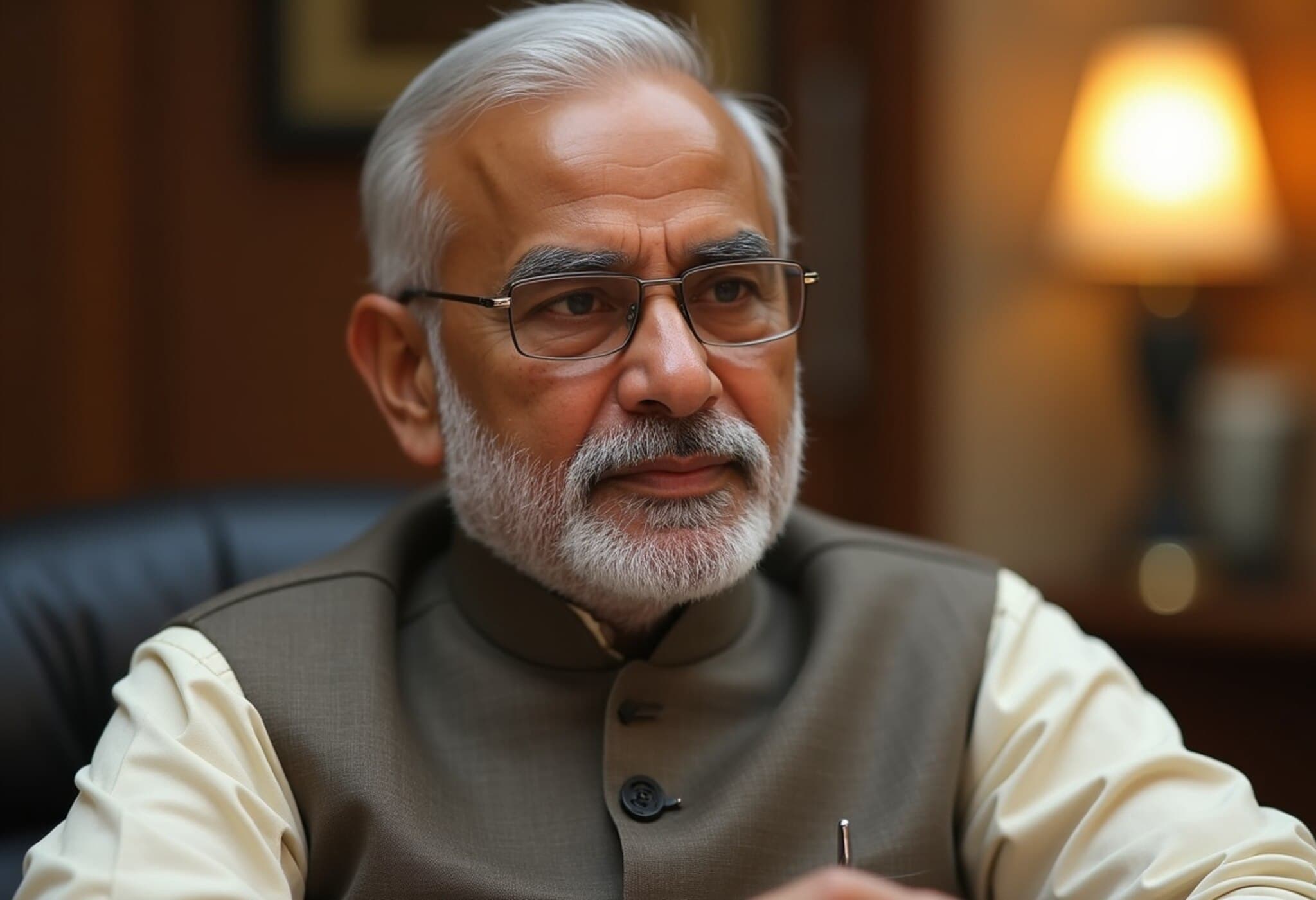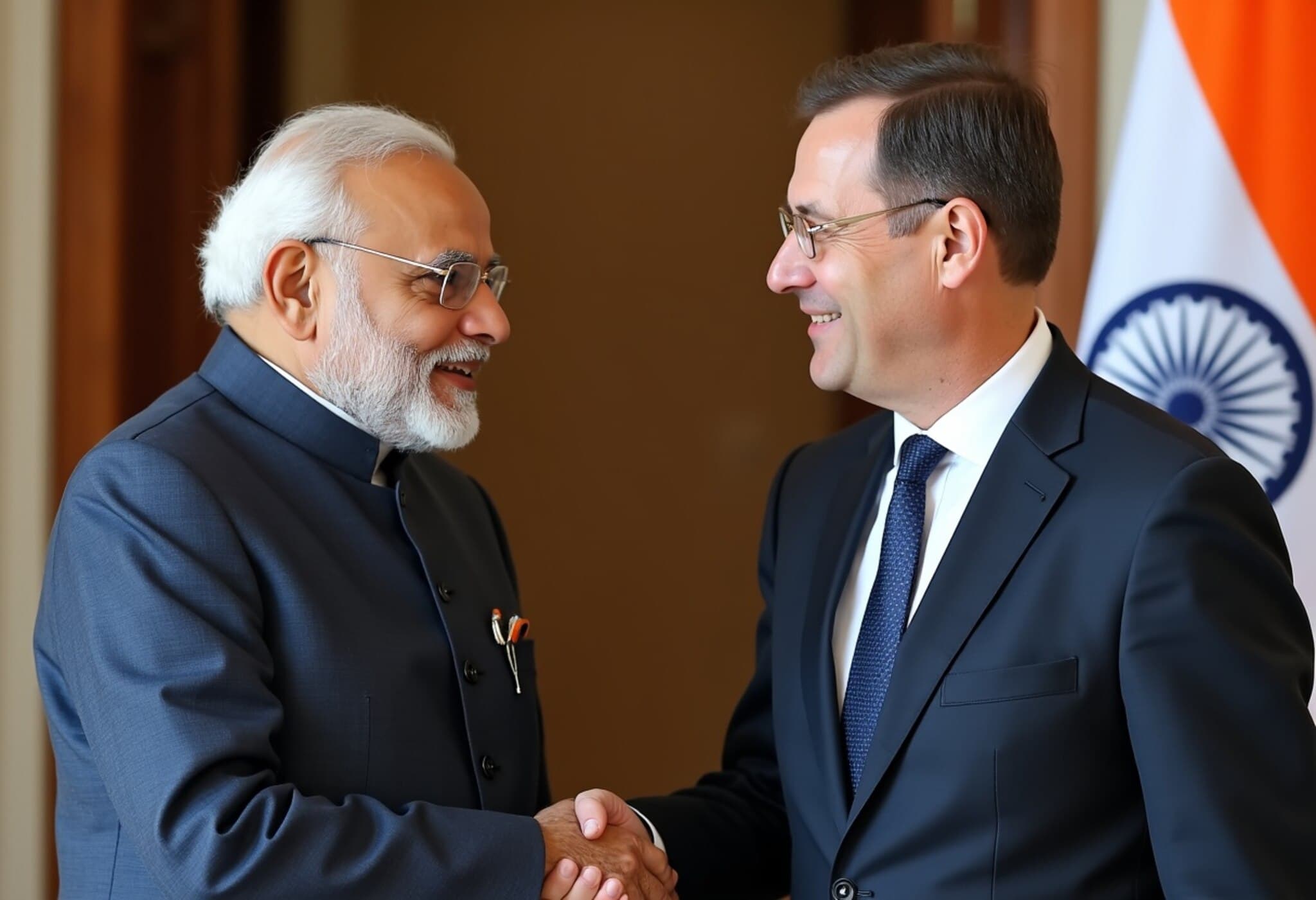US Imposes Over 60% Tariffs on India’s Key Export Sectors
In a bold escalation of trade tensions, US President Donald Trump has slapped cumulative tariffs exceeding 60% on India’s vital seafood and textile exports. These sectors are among the most labor-intensive and politically sensitive in India, making the tariffs particularly impactful.
The tariffs build upon pre-existing import duties, with a recent 50% hike announced in August—25% initially on July 31 and another 25% on August 6 relating to India’s purchase of Russian oil. When combined with earlier duties, tariffs on textiles now exceed 60%, and those on shrimp imports reach nearly 57%.
Why Textiles and Seafood Matter to India
The textile industry workforce stands at over 45 million people, second only to agriculture in employment generation. This sector largely employs rural women, underscoring its socio-economic importance.
Similarly, the seafood industry—especially shrimp production—is critical not only economically but as a livelihood for some of India’s most vulnerable, low-income communities.
Understanding the Dual-Pronged Pressure Strategy
Trade experts characterize Trump’s tariffs as a calculated two-front campaign:
- Economic Pressure: By targeting textiles, the US aims to threaten the livelihoods of millions of predominantly rural workers, thereby indirectly pressing the Modi government to reconsider its policies.
- Political Pressure: The tariffs on seafood, particularly shrimp sourced largely from Andhra Pradesh, exert localized political pressure. Andhra Pradesh is a politically significant state allied with Prime Minister Modi’s party through the Telugu Desam Party (TDP). Key regional leaders have vocally supported shrimp producers, making this a sensitive front.
India’s Firm Response and Strategic Diversification
Despite the heightened tariffs, India remains resolute. The government has emphasized red lines, including the exclusion of agriculture and dairy from any trade concessions. More strategic moves involve:
- Pursuing trade agreements with the UK and the European Free Trade Association to open alternative export markets.
- Accelerating trade talks with South American countries like Peru and Chile, the European Union, and the Eurasian Economic Union.
- Leveraging historic partnerships with Russia and improved ties with China to explore new trade and investment opportunities.
- Implementing economic stimulus measures designed to boost domestic consumption, which economists suggest could offset up to half of the potential economic damage caused by US tariffs.
Immediate Challenges for Shrimp Producers and Textile Exporters
However, relief is not immediate for all. Shrimp producers, many of whom operate at the lowest socioeconomic strata, face acute risks. Approximately 50% of Indian shrimp exports are destined for the US market. Due to the perishability of seafood, producers cannot afford to wait for diplomatic tensions to ease or for alternative markets to mature.
Ram Singh, an international trade expert at India’s Institute of Foreign Trade, underscores the urgency: "Shrimp producers need immediate support; waiting for long-term trade realignments is not viable given the nature of their products."
The government is reportedly exploring targeted relief packages for these sectors, balancing immediate needs against broader geopolitical strategy.
Potential New Markets: A Ray of Hope?
While Eurasian countries show limited demand for Indian seafood and textiles, closer Asian neighbors like China and Japan present promising prospects. Notably, India’s recent thaw in relations with China could facilitate mutual trade arrangements to counterbalance American tariffs.
Expert Analysis: The Broader Implications
This escalating tariff battle signals a departure from traditional trade disputes into the realm of strategic geopolitics. By targeting labor-intensive sectors deeply woven into India’s domestic politics, the US administration appears to be leveraging tariffs as tools of broader diplomatic pressure.
For India, the challenge lies in managing short-term economic shocks while accelerating diversification and reinforcing self-reliance.
From an American perspective, the move reflects an intention to influence India’s foreign policy alignments—particularly actions surrounding Russia—demonstrating how trade policy can serve as a lever of international diplomacy.
What Comes Next?
- Will India’s efforts to find alternate markets and boost domestic consumption sufficiently cushion the blow?
- How will political dynamics within key Indian states affected by these tariffs evolve?
- Can India and China navigate their historic ties to forge a trade partnership robust enough to offset US pressures?
Editor’s Note:
The unfolding US-India tariff conflict casts a spotlight on the complex interplay between trade, politics, and diplomacy in a multipolar world. While India demonstrates resilience and strategic adaptability, vulnerable communities like shrimp farmers embody the human face of geopolitical friction. This story invites readers to consider not just the numbers but the profound social and political reverberations behind the tariff headlines.
As this situation evolves, stakeholders across industries and policymakers must balance economic pragmatism with empathy for those impacted on the ground—reminding us that trade policies are never just about goods, but also about people’s lives and livelihoods.


